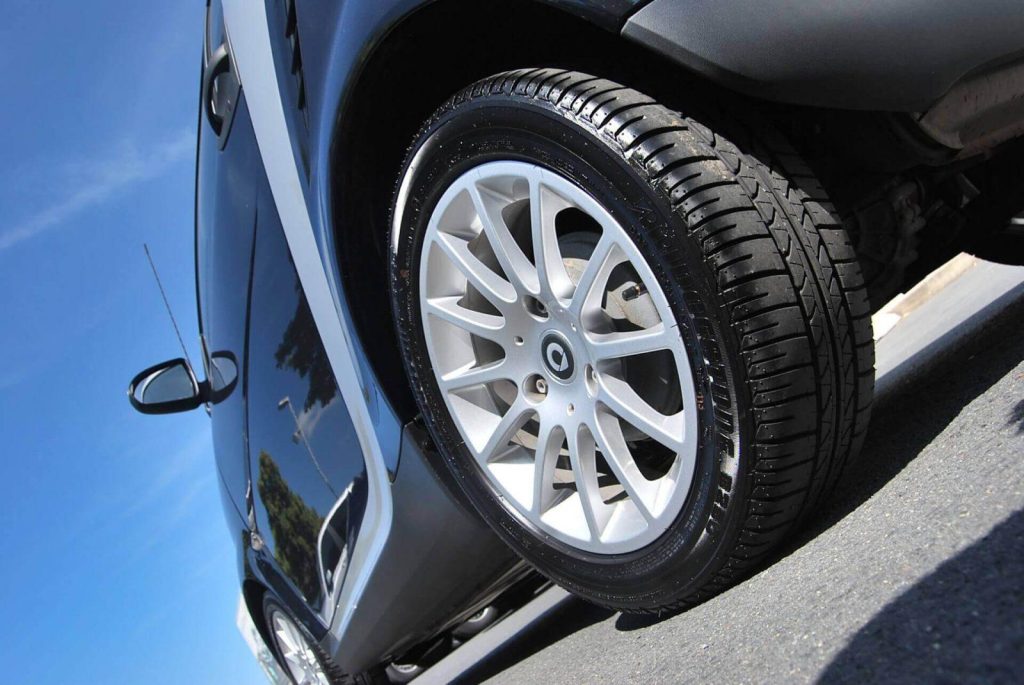4 Easy Steps To Increase The Lifespan Of Car Tires

The lifespan of car tires can be extended by carefully driving and parking your vehicle. Using the right tires is also crucial, but maintaining your vehicle’s maintenance is also important. Not only will it keep you safer on the road, but it will also extend the life of your tires. It would help if you also visited the workshop for regular Mercedes service. Follow these steps to increase the life of your tires. You’ll be glad you did! And if you’re unsure how to do these things, check out this article!
Rotate tires every 5,000-8,000 miles:
You should rotate your car’s tires at least once every five to eight thousand miles, whichever comes first. Tire rotation will increase the life of your car’s tires, spreading the wear over all four of them. Your car will require an oil change every 5,000-8,000 miles, scheduled around the rotation. This will help extend your tires’ life and save you money in the long run.
Check tire pressure:
There are several ways to increase the life of your car tires. Check tire pressure is a good place to start. Check tire pressure before a long trip to avoid sudden changes in tire pressure. Tire pressure recommendations are usually located on the car owner’s manual, but you can also look at the sticker on the door jamb. Most manufacturers recommend that tire pressures be 32 to 35 psi while the car is cold. Tires can lose air pressure when heated by sudden changes in temperature, but it is easy to check them after a few hours.
Check valve stem caps:
A good way to prolong the life of car tires is to check valve stem caps. A good one will help your car tires wear out less quickly and maximize fuel efficiency. Some drivers wonder whether they can drive without valve stem caps. While this is possible, it is not recommended. If you find that your tire valve stem cap is damaged, you must immediately fix the problem.
Inspect for punctures:
Inspect car tires for punctures as soon as you see them and inflate them as necessary. You should also check the Tire and Load Information Label inside the driver’s door. Visual inspection of tires should be done every week to look for nails in the tread, unusual tread wear, and any signs of leaks. Punctures that cut through the thread are easy to repair.



